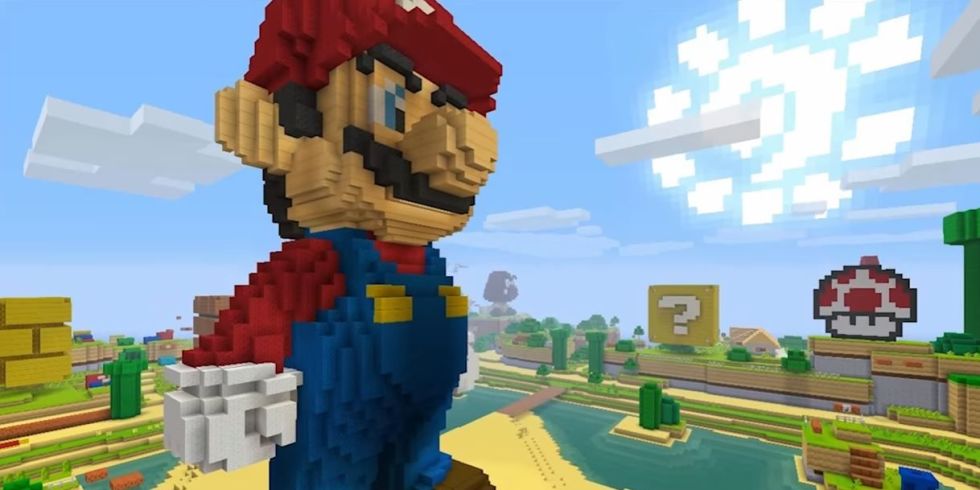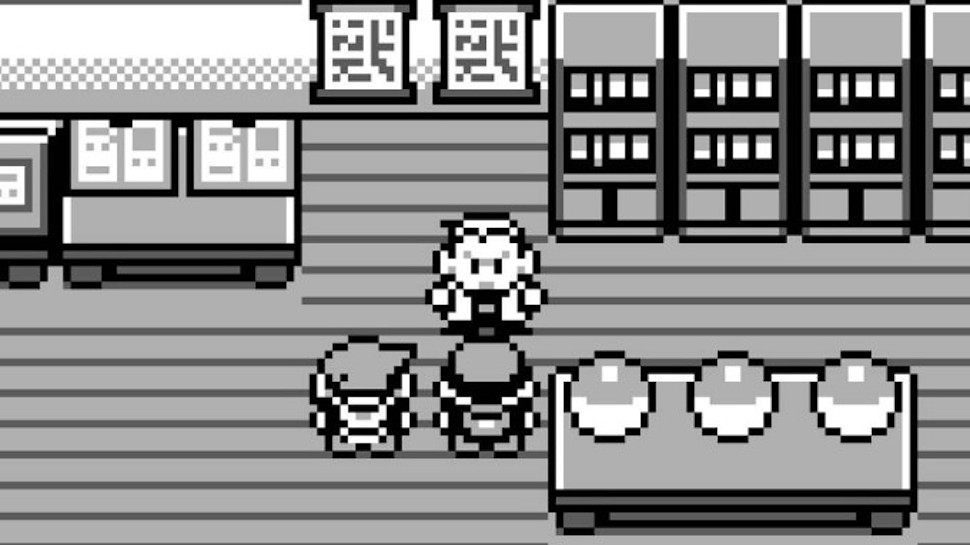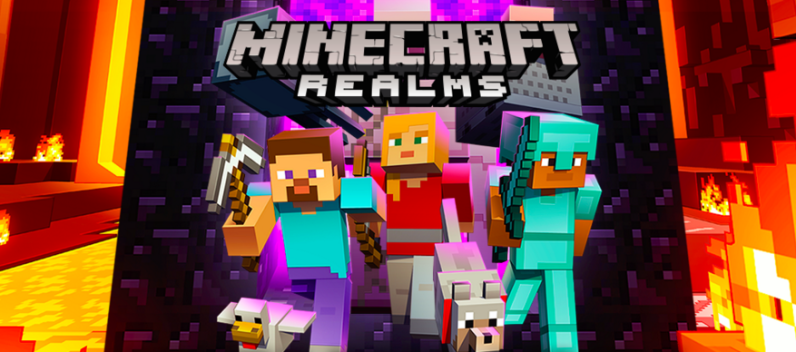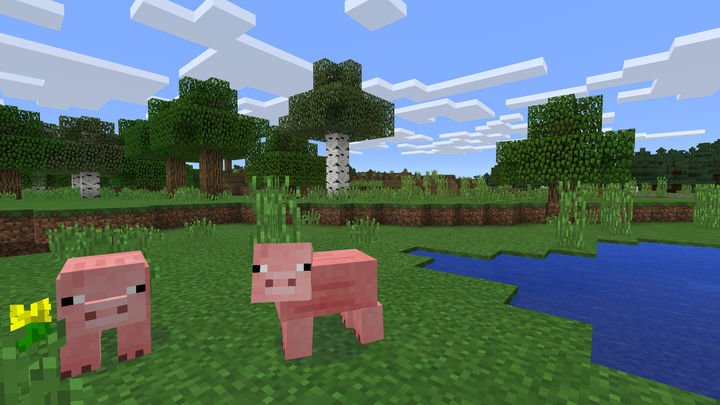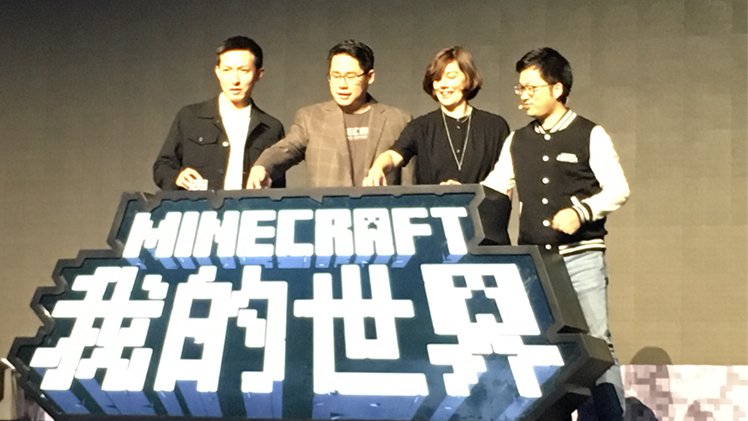When we think of governments and technology, the image that springs to mind is more likely to be clunky computers and red tape than it is nimble innovators.
But things are changing. The geeks in jeans are making their way into government and starting to shake things up.
New ideas are changing the way governments use technology – whether that’s the UK’s intelligence organisation GCHQ finding a secure way to use the instant messenger Slack or senior mandarins trumpeting the possibilities of big data.
Governments are also waking up to the idea that the public are not only users, but also a powerful resource – and that engaging them online is easier than ever before. “People get very excited about using technology to make a real impact in the world,” says Chris Lintott, the co-founder of Zooniverse, a platform that organisations can use to develop their own citizen science projects for everything from analysing planets to spotting penguins.
For one of these projects, Old Weather, Zooniverse is working with the UK Met Office to gather historic weather data from ancient ships’ logs. At the same time, people helping to discover the human stories of life at sea. “Volunteers noticed that one admiral kept turning up on ship after ship after ship,” says Lintott. “It turned out he was the guy responsible for awarding medals!”
The National Archives in the US has similarly been harnessing the power of people’s curiosity by asking them to transcribe and digitise, handwritten documents through its Citizen Archivist project.
“When we started, two of my staff created a little prototype and stuffed it with 2,000 pages for transcription. They just cobbled it together,” says chief information officer Pam Wright.
She expected it to take six months for the public to transcribe the pages – instead, they “just dived right in and transcribed everything within the first two weeks”. There are now more than 275,000 transcriptions in the catalogue – but with 20 million more records ready and waiting, Wright says “there is no concern about running out of material for folks to transcribe”.
Governments don’t generally have the budgets for blockbuster technologies, but, as Wright notes, “fiscal constraint is the mother of innovation”. The other bonus is the community spirit of developers, who will often publish their code openly so others can put it to good use.
This is particularly useful when people with the necessary digital skills enter government. Matti Lindholm, a communications officer in the Finnish environment agency – who also happens to be a web developer – did just that to create a platform to collect data on the country’s lakes.
The idea for the Järviwiki, which asks citizens to log observations about Finland’s tens of thousands of lakes via a wiki service, came to Lindholm one morning on the way into work.
“I had been trying to come up with something to make better use of citizen observations on blue-green algae blooming,” he says. “WikiLeaks was in the news a lot at the time, and in one story it was misspelled ‘WikiLakes’ – suddenly everything seemed very clear.”
Lindholm set up the service by populating open source wiki software with existing lake information. People are now able to add their own observations and comments, and they have recorded almost 110,000 observations – as well as correcting a few errors in government data.
The increase in the number of digital natives in governments not only brings in different skills, it also enthuses the rest of the workforce, and opens their eyes to more unusual ideas.
Take Block by Block, which uses the game Minecraft to help young people show city planners how urban spaces could work better for them.
A decade ago it would have been hard to imagine a UN agency encouraging local governments to use a game to re-design their cities. Now UN-Habitat, which works with governments to promote more sustainable urban environments, is doing just that.
“I remember putting in a lot of work to convince colleagues, who were a little bit hesitant when you said, ‘We’re going to use video games’,” says Pontus Westerberg, programme officer at UN-Habitat. “But the nice thing is it really works, and that’s what convinced people.”
With 35 projects worldwide, in countries as varied as Vietnam, Kenya and Mexico, Westerberg says it is now usually local governments that approach his team.
Of course, there are other ways of allowing citizens to influence what goes on in their cities. Apps like FixMyStreet allow you to report problems in your neighbourhood, while projects such as Madame Mayor, I have an idea in Paris allow citizens to pitch ideas to the government (and in this case help spend €500m).
And, because governments tend to focus on what matters most to people, it’s not surprising that transport is a major area of investment around the world.
About a decade ago, says Stacy Donohue, who works at the philanthropic organisation Omidyar Network, transport was a big deal in the US – now it’s shifted to the developing world. She picks out the South African company WhereIsMyTransport, which brings together all transport data for a city on one platform, to help planning, as an example.
In Singapore, meanwhile – a country with densely populated cities and high volumes of traffic – the government is using tech to do more than manage information. It has created an app, MyResponder, that alerts a network of more than 10,000 medically trained volunteers to anyone who has a heart attack nearby, sometimes getting someone to the scene faster than the ambulance can get through the traffic.
The government is now piloting an expansion of the project by kitting out taxis with defibrillators and giving drivers first aid training, then linking them up to the app.
It’s examples like these, where governments use technology to bring communities together, that demonstrates the benefit of embracing innovation. The people making it happen are not only improving services for citizens – their quirky ideas are breathing new life into archaic systems.
Talk to us on Twitter via @Guardianpublic and sign up for your free weekly Guardian Public Leaders newsletter with news and analysis sent direct to you every Thursday.
